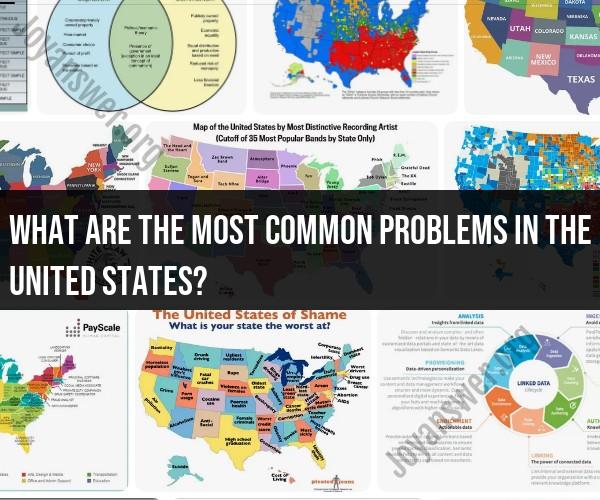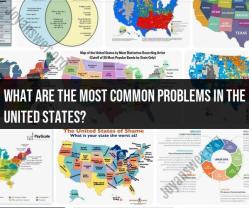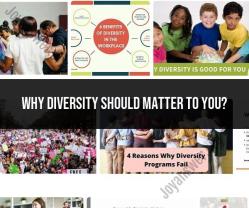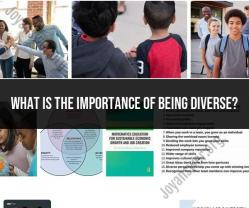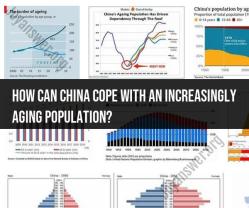What are the most common problems in the United States?
The United States faces a range of challenges and issues, reflecting its diverse society, complex economy, and evolving political landscape. Here's a comprehensive overview of some of the most common problems in the United States:
Healthcare Access and Costs: Access to affordable healthcare remains a major issue. Many Americans lack health insurance, and even those with coverage can face high out-of-pocket costs.
Income Inequality: Income and wealth inequality have been growing for decades. The gap between the rich and the rest of the population is a significant concern.
Racial and Social Injustice: Systemic racism, police violence, and social injustices continue to be critical issues, prompting movements like Black Lives Matter and calls for reform.
Climate Change: Climate change poses environmental challenges, with increasing natural disasters, rising temperatures, and concerns about sustainability and environmental degradation.
Immigration Policy: Immigration policies, including the treatment of undocumented immigrants and refugees, have been a subject of debate and contention.
Gun Violence: Mass shootings and gun violence have raised concerns about gun control and public safety.
Education Quality and Access: The U.S. educational system faces issues of educational quality, access, and funding disparities among schools and districts.
Opioid Crisis: The opioid epidemic is a public health crisis with significant rates of addiction and overdose deaths.
Criminal Justice Reform: Calls for criminal justice reform focus on issues like mass incarceration, harsh sentencing, and prison conditions.
Political Polarization: Political divisions and polarization have made it challenging to pass legislation and address critical issues.
Economic Downturns: Economic recessions, like the 2008 financial crisis and the COVID-19 pandemic, have affected employment, housing, and financial stability.
Housing Affordability: Rising housing costs in many cities make affordable housing a concern for many Americans.
Aging Population: The aging population presents challenges related to healthcare, retirement security, and caregiving.
Foreign Policy and International Relations: The U.S. grapples with its role in global affairs, trade relations, and foreign policy decisions.
Infrastructure: Aging infrastructure systems, including roads, bridges, and public transportation, require investment and improvement.
Educational Achievement Gap: An achievement gap exists between different racial and socioeconomic groups in education outcomes, which has long-term consequences.
Mental Health: Mental health issues, including access to care and the stigma around seeking help, are pressing concerns.
Substance Abuse: Substance abuse and addiction to drugs and alcohol continue to impact individuals and communities.
Cybersecurity: Cyber threats and data breaches pose national security and economic risks.
Aging Workforce: An aging workforce can impact labor markets, social programs, and retirement planning.
It's important to note that these challenges are interconnected, and solutions often require collaboration between government, private sector, and civil society. Public policy and political decisions play a significant role in addressing these issues. Additionally, public awareness and advocacy are instrumental in driving change and progress in these areas.
Common Social and Economic Issues in the United States
There are a number of social and economic issues that are common in the United States. These include:
- Income inequality and wealth disparities: The gap between the rich and the poor in the United States has been growing for decades. In 2021, the top 1% of earners in the US took home 8.3% of all income, while the bottom 50% of earners took home just 12.6% of all income.
- Healthcare access and affordability: Healthcare costs in the United States are among the highest in the world. Many Americans are uninsured or underinsured, and even those with insurance often face high deductibles and out-of-pocket costs.
- Environmental concerns and climate change: The United States is a major contributor to climate change. The country also faces a number of other environmental challenges, such as air pollution, water pollution, and soil contamination.
Other common social and economic issues in the United States include:
- Poverty: According to the US Census Bureau, 17.8 million Americans lived in poverty in 2021, representing 5.3% of the population.
- Food insecurity: According to the US Department of Agriculture, 13.8% of US households experienced food insecurity at some point in 2021.
- Homelessness: According to the US Department of Housing and Urban Development, there were an estimated 580,466 homeless people in the United States on a single night in January 2023.
Addressing Income Inequality and Wealth Disparities
There are a number of ways to address income inequality and wealth disparities in the United States. These include:
- Raising the minimum wage: Raising the minimum wage would help to boost the incomes of low-wage workers.
- Expanding access to education and training: Education and training can help people to develop the skills they need to get good-paying jobs.
- Strengthening labor unions: Labor unions can help workers to negotiate for better wages and benefits.
- Progressive taxation: Progressive taxation is a system in which people with higher incomes pay a higher percentage of their income in taxes. This can help to reduce income inequality and raise revenue for government programs that benefit the poor and middle class.
Healthcare Access and Affordability Challenges
There are a number of ways to address healthcare access and affordability challenges in the United States. These include:
- Expanding access to public health insurance: Expanding access to public health insurance programs, such as Medicare and Medicaid, would help to ensure that all Americans have access to affordable healthcare.
- Regulating the pharmaceutical industry: The pharmaceutical industry has a long history of price gouging. Regulating the industry would help to keep prescription drug prices affordable.
- Investing in preventive care: Investing in preventive care would help to reduce the need for more expensive medical care in the future.
Environmental Concerns and Climate Change in the U.S.
There are a number of ways to address environmental concerns and climate change in the United States. These include:
- Investing in renewable energy: Investing in renewable energy sources, such as solar and wind power, would help to reduce the country's reliance on fossil fuels.
- Improving energy efficiency: Improving energy efficiency in homes and businesses would help to reduce energy consumption and greenhouse gas emissions.
- Protecting forests and other natural areas: Forests and other natural areas play an important role in absorbing carbon dioxide from the atmosphere. Protecting these areas would help to mitigate climate change.
Strategies for Tackling Common Problems in the United States
There are a number of strategies that can be used to tackle the common social and economic problems in the United States. These include:
- Government intervention: The government can play a role in addressing income inequality, healthcare access and affordability challenges, and environmental concerns. For example, the government can raise the minimum wage, expand access to public health insurance, regulate the pharmaceutical industry, invest in renewable energy, and improve energy efficiency.
- Philanthropic giving: Philanthropic giving can also play a role in addressing social and economic problems. For example, philanthropists can donate money to organizations that are working to address these issues.
- Grassroots activism: Grassroots activism can also be effective in addressing social and economic problems. For example, activists can organize protests, lobby lawmakers, and run for office themselves.
Addressing the common social and economic problems in the United States will require a concerted effort from all sectors of society. The government, businesses, philanthropic organizations, and individuals all have a role to play
